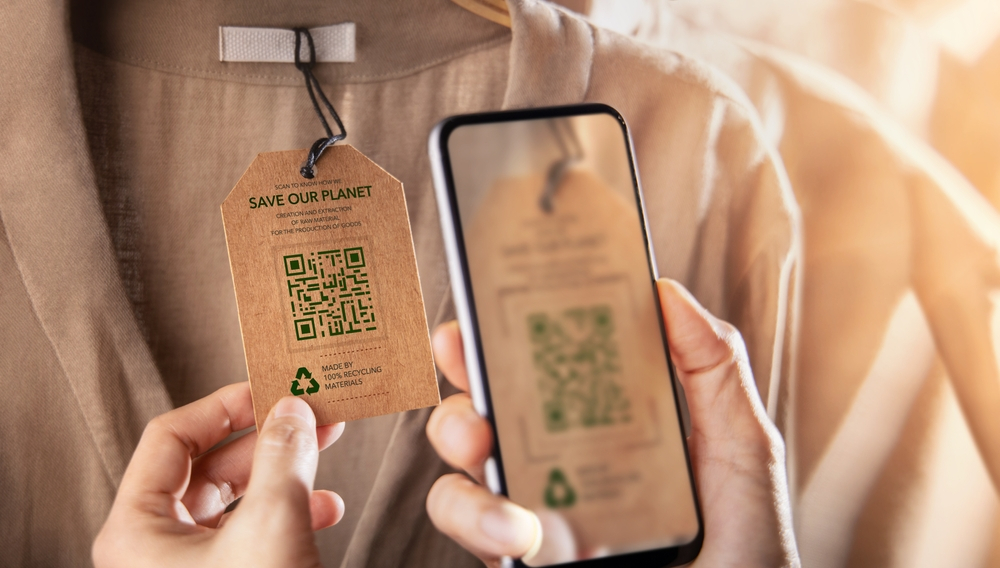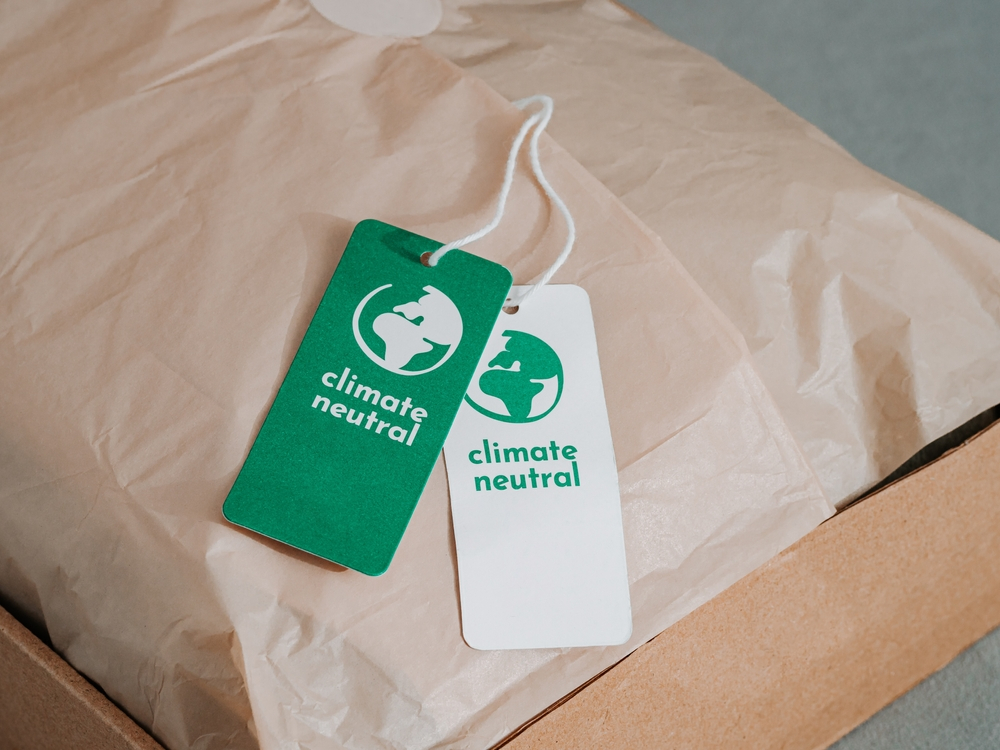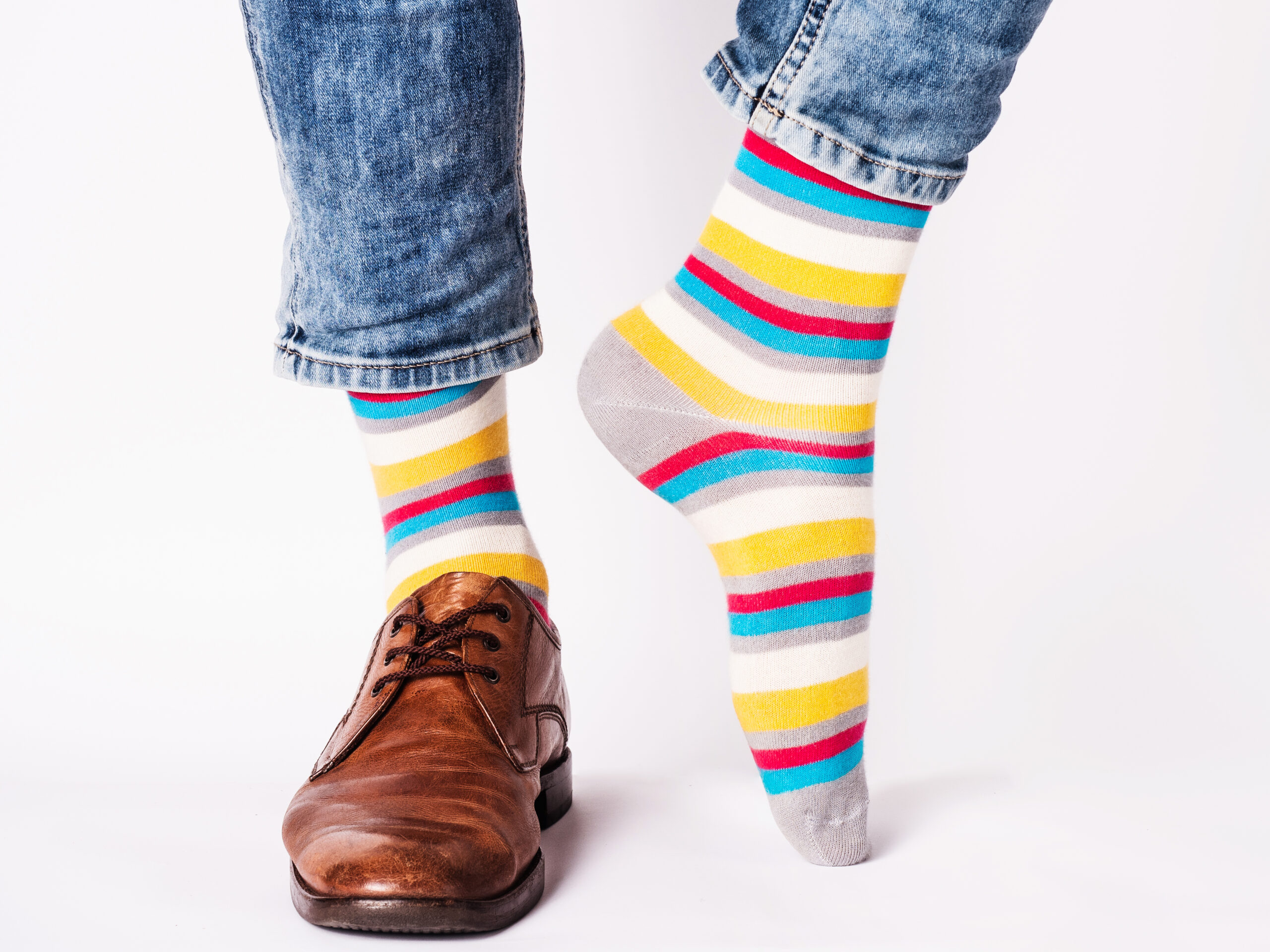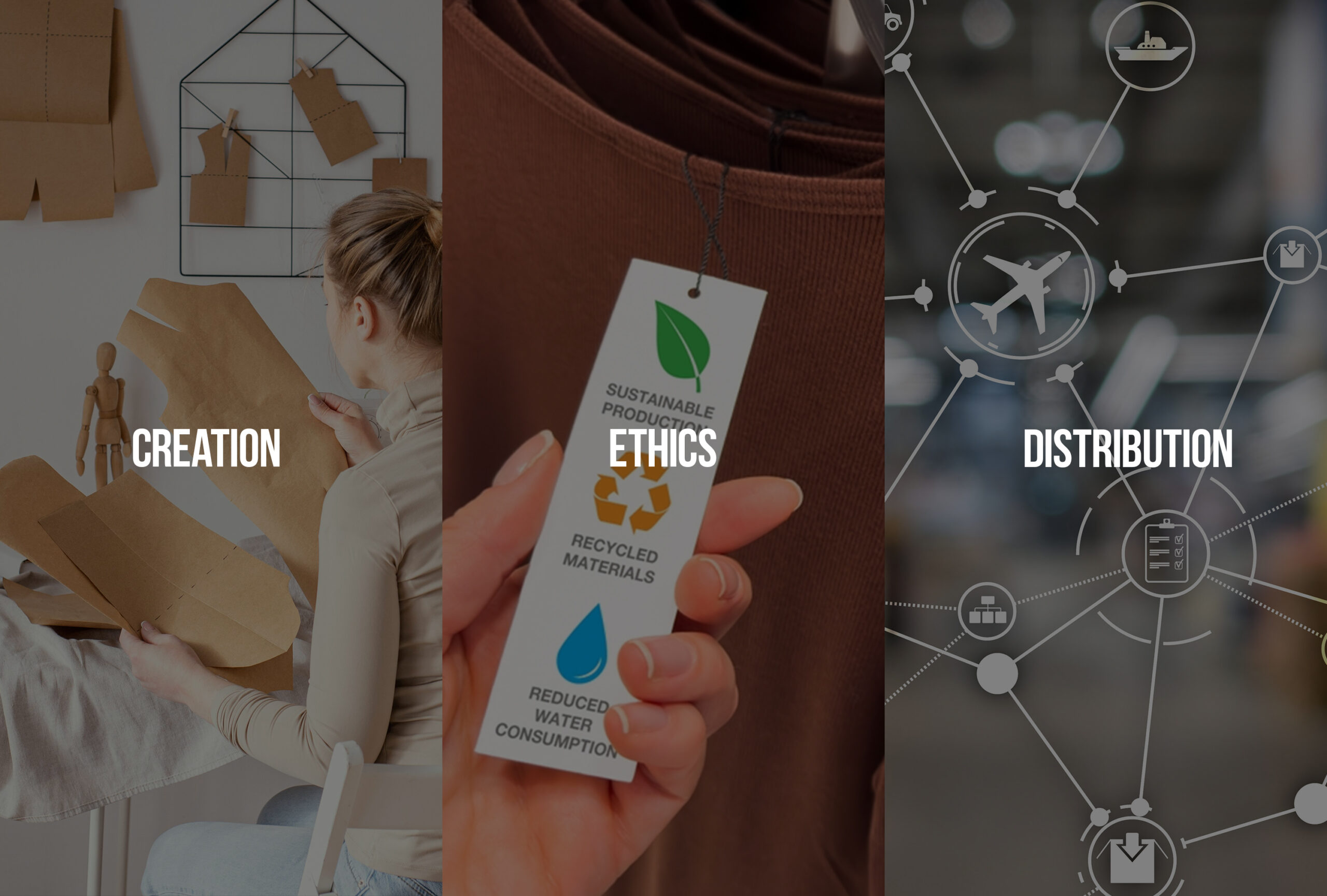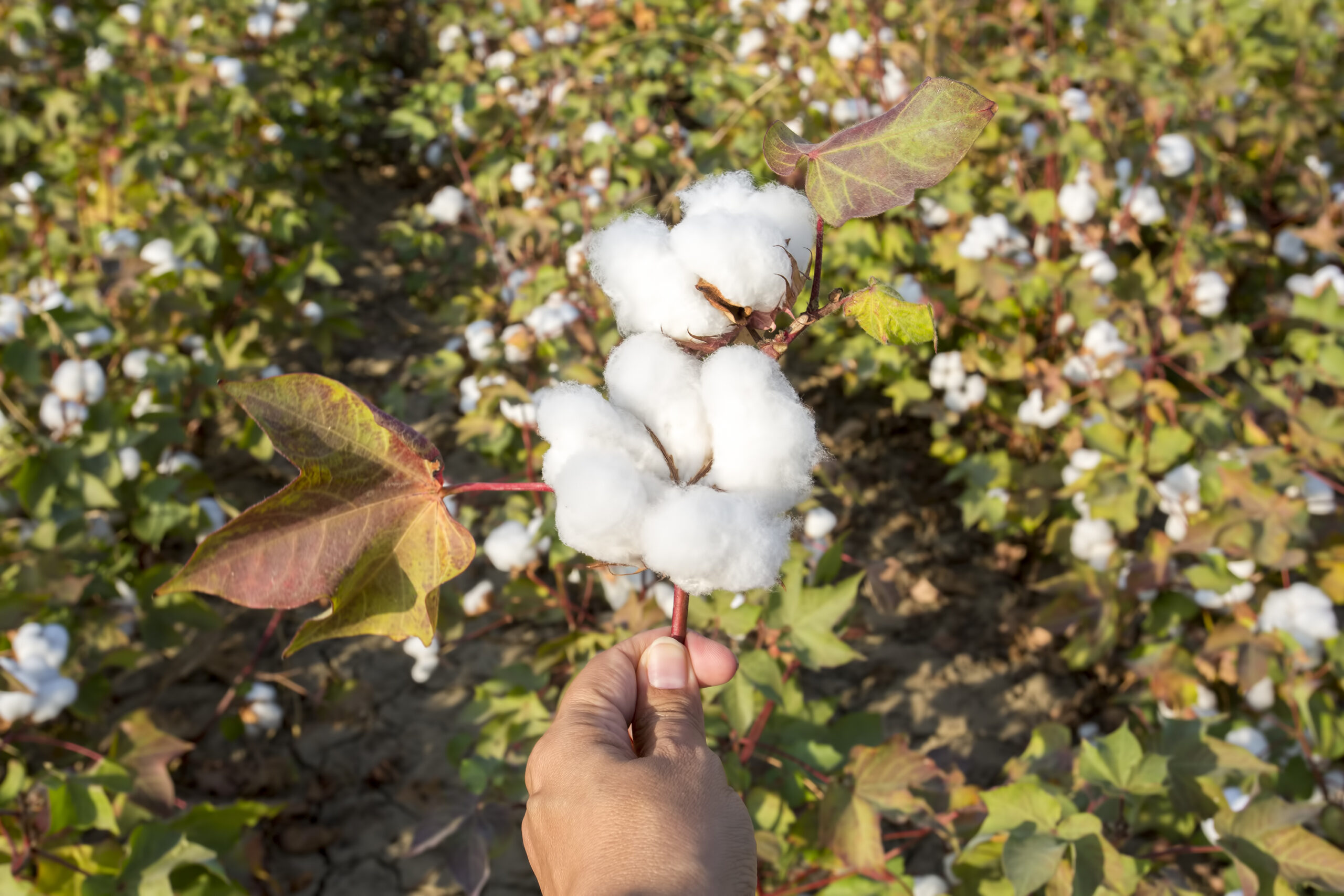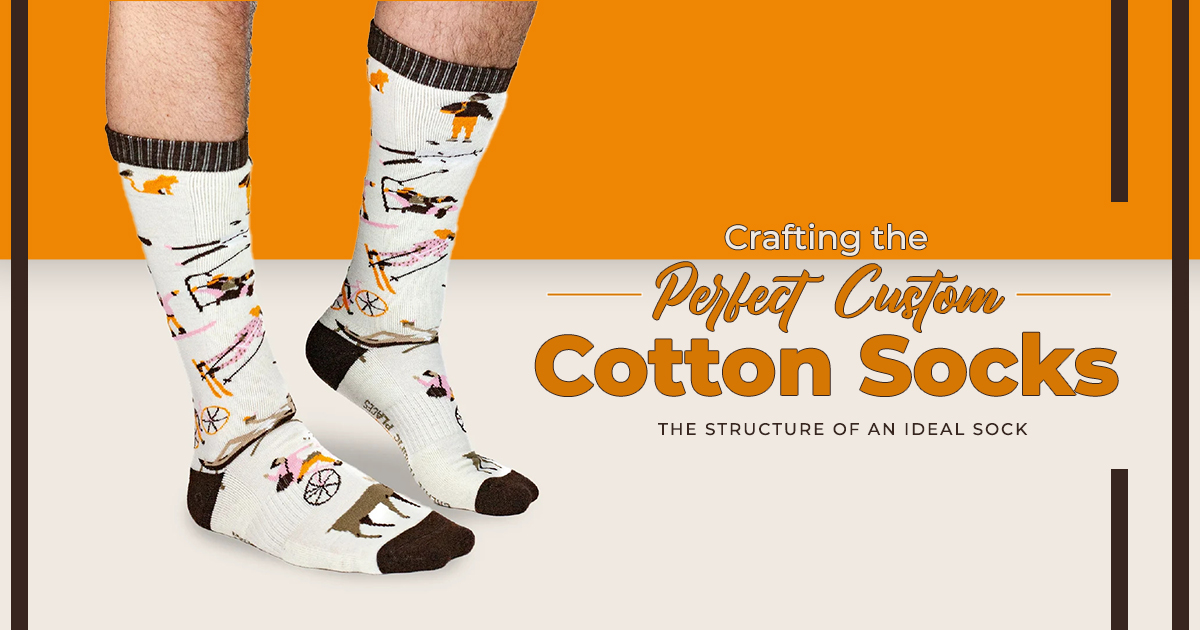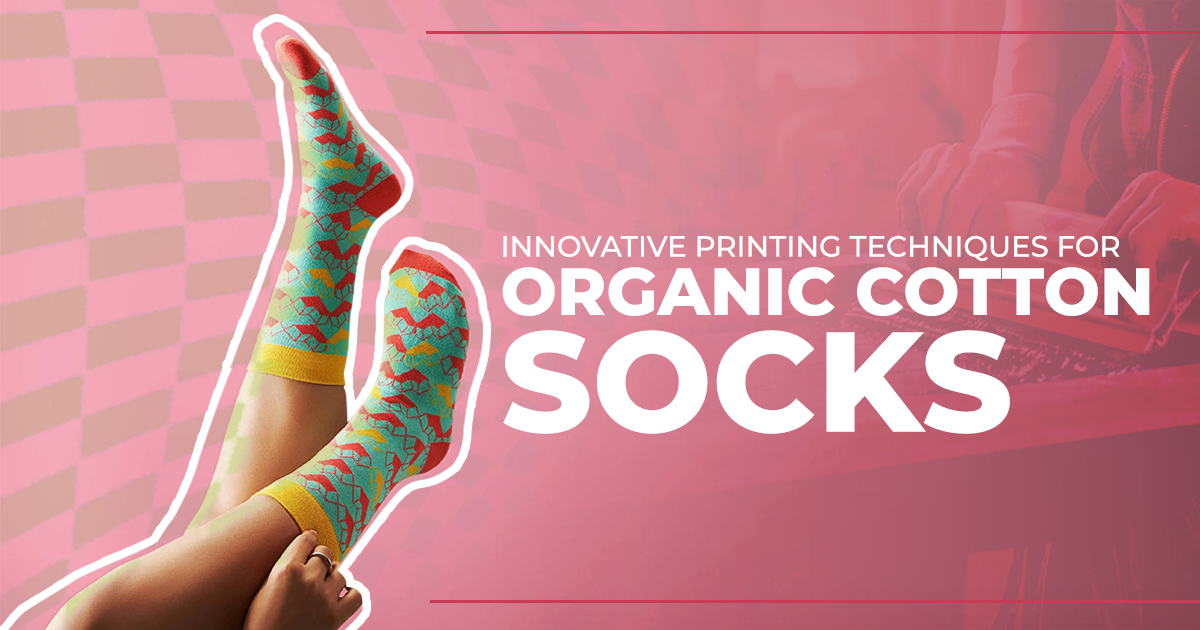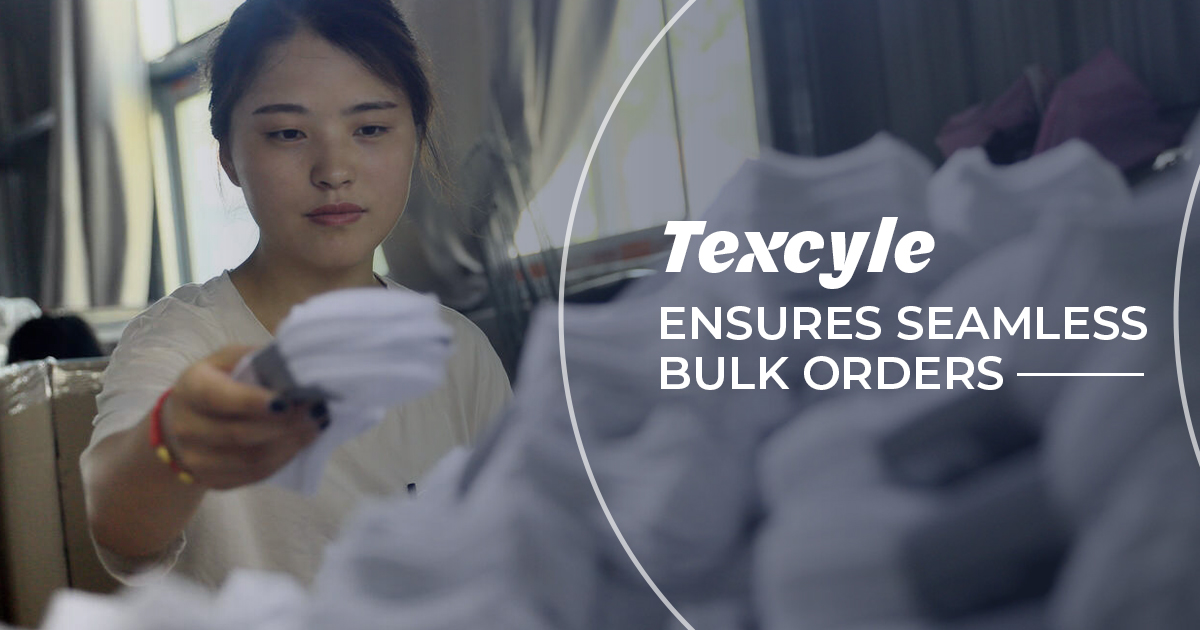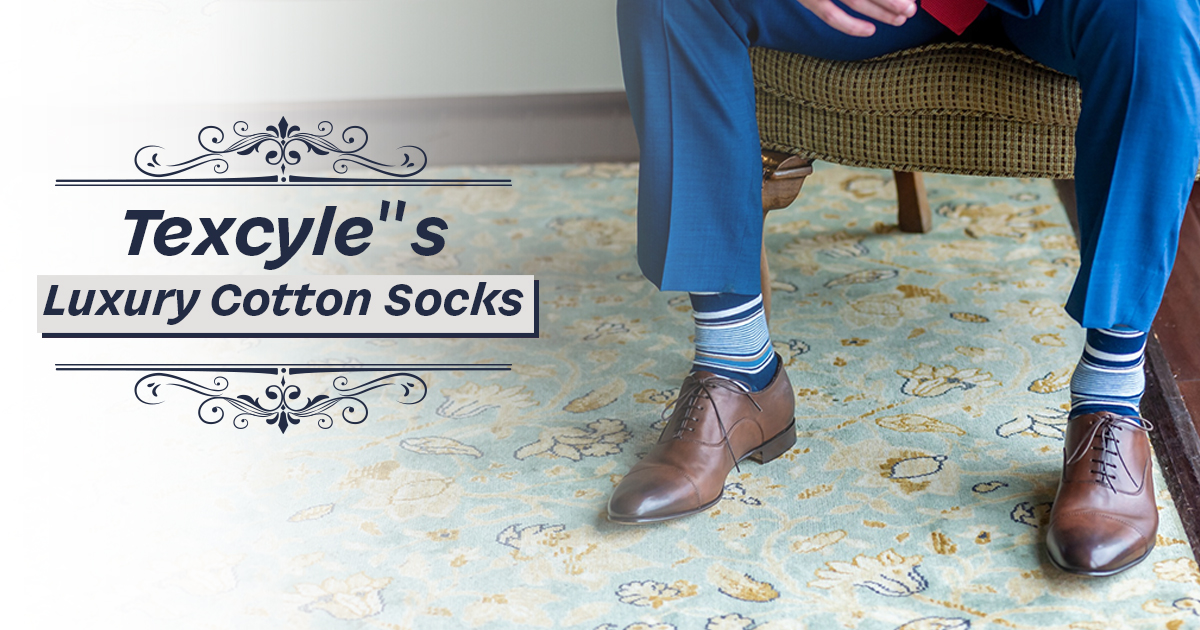Introduction
1. Sourcing Sustainable Materials
1.1. Ingenious Textiles
1.2. Upcycled and Repurposed Components
1.3. Digital Fabrication
2. Transparency in the Supply Chain
2.1. Blockchain
2.2. RFID and QR Codes
3. Virtual Trials and Personalization
3.1. Virtual Trials
3.2. Personalised Tailoring
4. Green Retail Practices
4.1. Digital Fashion
4.2. Rental and Preowned Platforms
Conclusion
Introduction
In an era increasingly cognizant of its ecological footprint, the garment industry has come under scrutiny for its unsustainable practices. From resource-intensive production processes to the fast-fashion sector’s contribution to waste accumulation, the garment industry faces an exigent need for revolution. The statistics are undeniably disconcerting, prompting almost everyone to sit up and take notice. It’s estimated that the fashion sector generates approximately 92 million tons of textile waste on an annual basis, with the industry solely accountable for around 20% of worldwide industrial water pollution. As consumers become more attuned to the environmental repercussions of their decisions, there’s escalating pressure on brands to adopt responsible manufacturing techniques, reduce wastage, and prioritise eco-friendly materials. Technology can wield a pivotal role in addressing these ecological challenges and propelling constructive transformation. In this article, we shall delve into the multifaceted function of technology in moulding a more eco-aware and responsible fashion sector.
1. Sourcing Sustainable Materials
The foremost stride toward ecological integrity in fashion resides in reimagining the materials harnessed for garment creation. Conventional textiles often hinge on resource-intensive methods that contribute to contamination and deplete natural reserves. In this juncture, technology provides remedies that mitigate the industry’s environmental footprint.
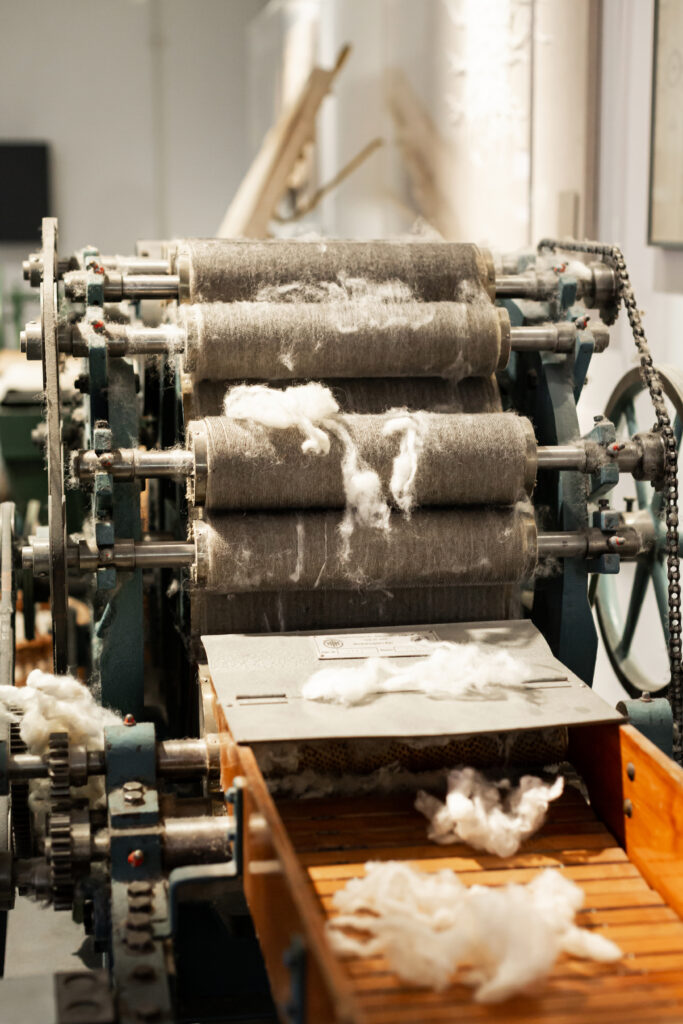
1.1. Ingenious Textiles
Advancements in textile technology have given rise to inventive materials that fuse fashion with sustainability. One such example is lab-cultivated or bio-manufactured textiles. Currently, the production of one kilogram of cotton, commonly employed in clothing, can necessitate up to 20,000 litres of water. Synthetic textiles like polyester discharge microplastics during every wash. These particles ultimately infiltrate oceans and water sources. By cultivating fibres from sources like algae or bacteria, these textiles completely take out the necessity for water-intensive farming or petrochemical-based manufacturing and avoid adversely affecting natural water bodies. Furthermore, they can be engineered for biodegradability, thereby mitigating pressure on landfills.
1.2. Upcycled and Repurposed Components
Technology facilitates the recycling and repurposing of components, diverting fashion from its linear and traditional consumption pattern and methods. Clothing fashioned from repurposed plastics, such as PET bottles, exemplifies this practice. Additionally, upcycling transforms discarded garments into fresh pieces, prolonging their lifespan and curbing wastefulness.
1.3. Digital Fabrication
The sphere of 3D printing and digital fabrication holds the potential to revolutionise the manufacturing process. These methodologies permit precise allocation of materials, thus curtailing waste. They also empower localised production, reducing the carbon footprint linked to global shipping. By embracing these modalities, the sector can shift toward a more resourceful and sustainable production paradigm.
2. Transparency in the Supply Chain
One of the major roadblocks confronting the fashion domain resides in its intricate and frequently opaque supply chains. Technology aids in this process by offering transparency solutions that empower consumers and stakeholders to make informed selections.
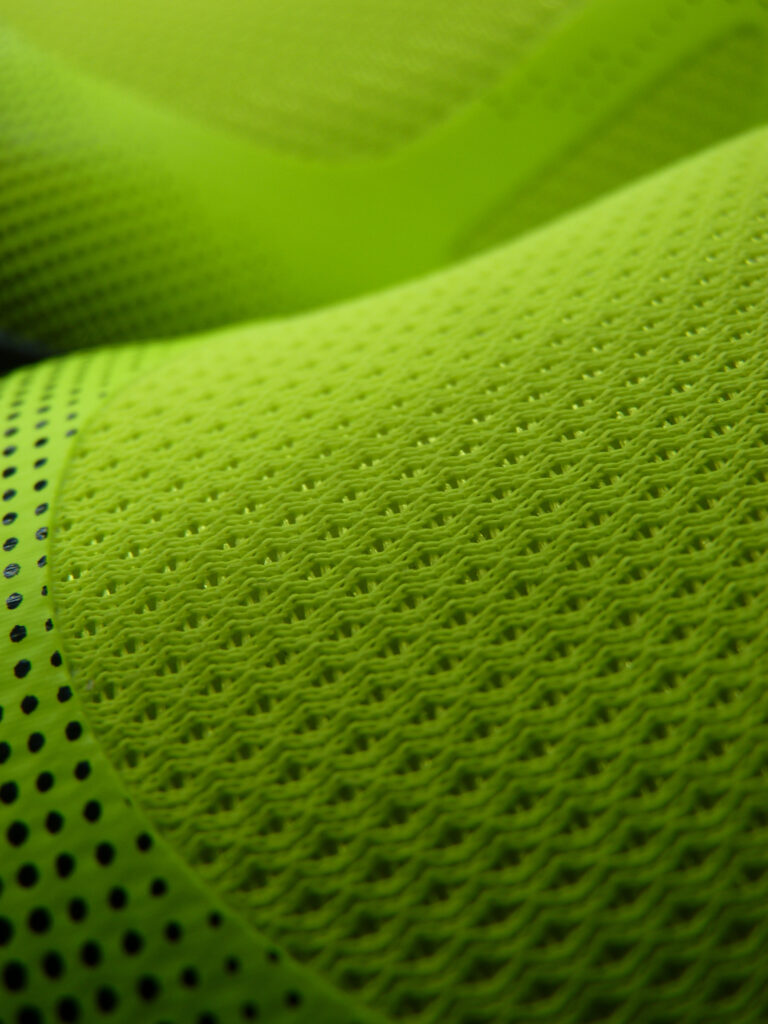
2.1. Blockchain
Blockchain technology can be harnessed to forge transparent and tamper-proof records of the supply chain. This implies that consumers can trace a garment’s journey from its origin to the final product. This transparency acts as a deterrent against unethical practices and ascertains that sustainability assertions are substantiated by verifiable data. After all, as we all make more sustainable decisions, each of us is willing to take additional strides to ensure genuineness in the products we buy.

2.2. RFID and QR Codes
Radio Frequency Identification (RFID) tags and QR codes establish a direct nexus between consumers and the origin of a garment. By scanning a code, customers can access data about the materials employed, manufacturing methods, and the brand’s endeavours toward sustainability. This association cultivates a sense of accountability and encourages brands to adopt greener methodologies.

3. Virtual Trials and Personalization
The fashion sector’s propensity for overproduction frequently creates unnecessary and excess waste. Technology’s influence on how consumers engage with and procure clothing is reshaping this dynamic.
3.1. Virtual Trials
Technologies such as Augmented Reality (AR) and Virtual Reality (VR) enable shoppers to preview how attire would look on them within a virtual fitting room, aiding their purchase decisions. This diminishes the likelihood of returns due to poor fit or dissatisfaction, thus mitigating the ecological impact of reverse logistics. The complicated and intricate global supply chain of fast fashion entails extensive shipping and transit, contributing to nearly 10% of worldwide carbon emissions and pollution. The production, transit, and disposal of clothing all contribute to these emissions. Wouldn’t it be a positive stride if we could even slightly dent this figure by helping individuals shop more judiciously?
3.2. Personalised Tailoring
Customization is gaining traction, offering consumers the opportunity to design their own garments.

This not only gratifies individual preferences but also curbs wastage by fabricating only that which is demanded. Did you know that the average American junks approximately 81 pounds of clothing each year? It’s pivotal to curtail this figure by granting customers the chance to procure precisely what they desire, exactly as they want it. AI-driven design tools can facilitate personalization, aiding users in crafting unique pieces in line with their distinct style.
4. Green Retail Practices
The retail facet of fashion is also undergoing a transformation via technology-impelled ecologically sound practices.
4.1. Digital Fashion
The concept of digital couture encompasses conceiving and donning virtual ensembles in digital realms. While it might seem detached from sustainability, it presents an alternative to physical production. Digital couture abates the need for tangible materials and can serve as a creative avenue that refrains from adding to environmental strain.

4.2. Rental and Preowned Platforms
Technology has facilitated the proliferation of online platforms facilitating clothing rental and secondhand trading. These platforms extend the life cycle of garments, curbing the demand for fresh production. They endorse a circular economy approach wherein fashion items are employed and repurposed, thereby minimising wastage.
Conclusion
Technology and sustainability working together in the fashion industry is more than just a trend; it’s essential. Technological advancements provide hope for a future that is more ethically aware as the negative ecological effects of traditional fashion practices become more obvious. The fashion industry may rethink its role within the global sustainability drive through the use of sustainable materials, augmentation of supply chain transparency, transformation of the shopping experience, and adoption of ecologically conscious retail practices.Consumers, brands, and technology developers all assume integral roles in moulding a more sustainable fashion landscape, and their collaborative endeavours harbour the potential to redefine the industry for future generations.

